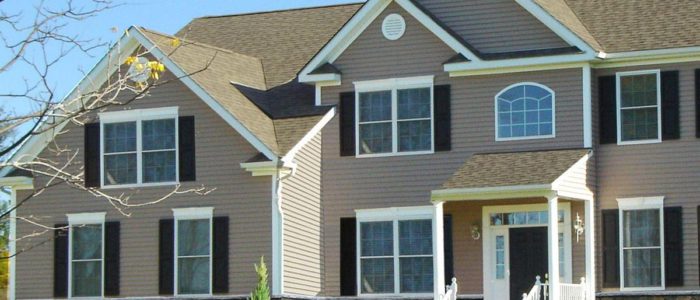Important Things To Keep In Mind When Pest-Proofing Homes
Very few people become excited upon finding insect pests within their home, and even the most die-hard of insect enthusiasts dread the possibility of their home becoming infested with insect pests. Luckily, there are plenty of ways in which homeowners can prevent insect pest infestations from taking form within a home. For example, homeowners can make their interior living spaces far less accessible to insect pests by carrying out a variety of home improvement tactics that are collectively known as “pest proofing,” or “exclusion methods.” Pest proofing, if done correctly, can drastically reduce pest control costs for homeowners.
Several methods of pest proofing homes can effectively exclude all types of pests from interior living spaces, including insects, spiders, rodents and wildlife. Insect pests often enter homes through gaps at the bottom of door frames, and if these gaps are wide enough to allow outdoor light to shine on indoor flooring, then they can serve as entry points for even large-sized pests, such as rats. This is why it is wise for homeowners to install door sweeps on all doors that lead outdoors and into garages. Pest control products designed to prevent pests from squeezing beneath garage doors are also widely available and largely effective for excluding pests from homes.
The crawl space is particularly vulnerable to pest infestations, as the high-moisture content in crawl spaces attract most insect pests. Crawl spaces also provide rodents and wildlife with shelter. Once inside crawl spaces, pests can easily access interior living spaces and wall voids by traveling through a variety of openings. This is why it is very important for ventilation openings on exterior foundation walls to be covered with a barrier of some sort, such as 20 inch mesh screens.
Cracks, crevices and other potential entry points on the exterior walls of homes should be well sealed to prevent pests from invading homes. For example, the circular gaps that surround pipe penetrations on exterior walls typically large enough to allow all types of insect pests into homes. Mice can enter homes through wall holes as wide as a nickel, and rats can enter homes through holes as small as a quarter. Small gaps should be filled with silicone-based caulk products, as silicone expands in accordance with temperature changes, while latex sealants do not. Large gaps should be filled with a strong material that matches a home’s exterior, such as wood, cement, sheet rock or mortar.
Have you ever pest-proofed your home?


Comments are closed.